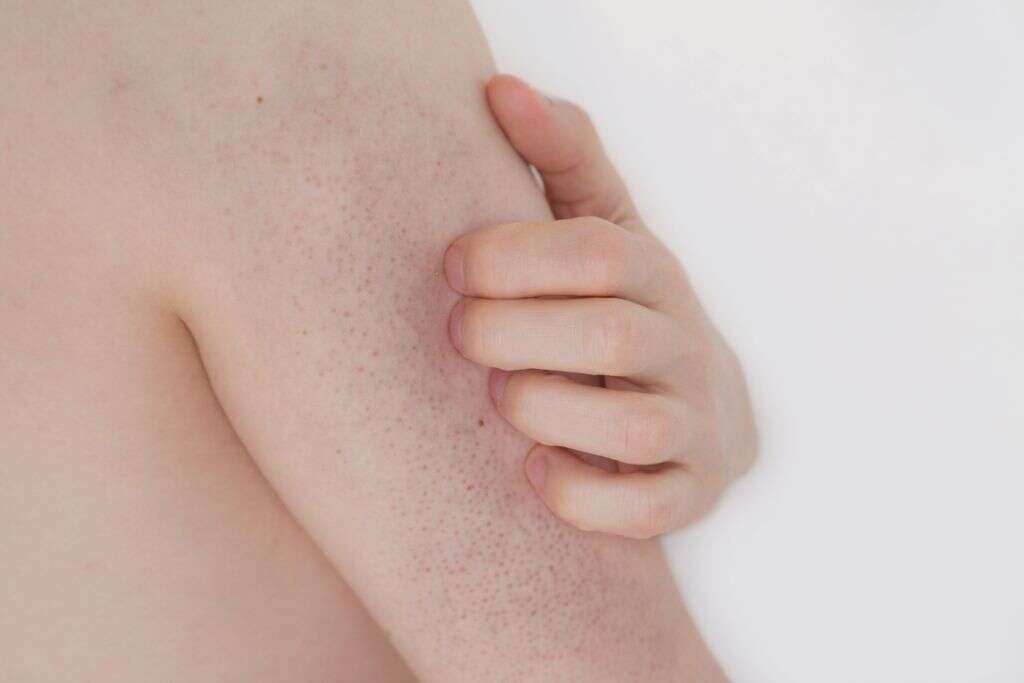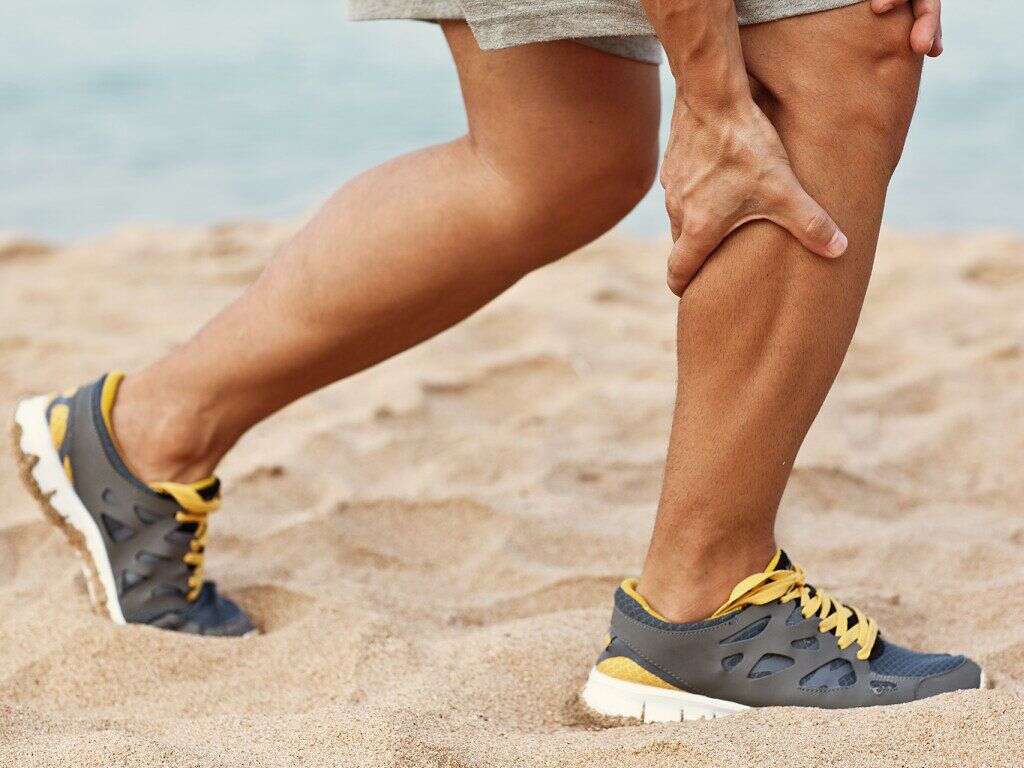How to Get Rid of Strawberry Legs
Having smooth-looking legs is something many people strive for during the summer months. Unfortunately, shaving can be tough on skin, and you may experience surprising skin irritations as a result. Strawberry legs are one such thing to look out for. Scientifically known as keratosis pilaris, this issue is not dangerous, but it can be something you want to avoid anyway.
While not only the result of shaving, strawberry legs often appear shortly after doing so. This means that they can be especially annoying when you want to wear shorts or a swimsuit. Though it is harmless, you may still want to find a way to get rid of the condition so you can get the look you want when you shave. Below are the answers to some common questions you may have when trying to get rid of strawberry legs as well as advice on how to prevent them from occurring at all.
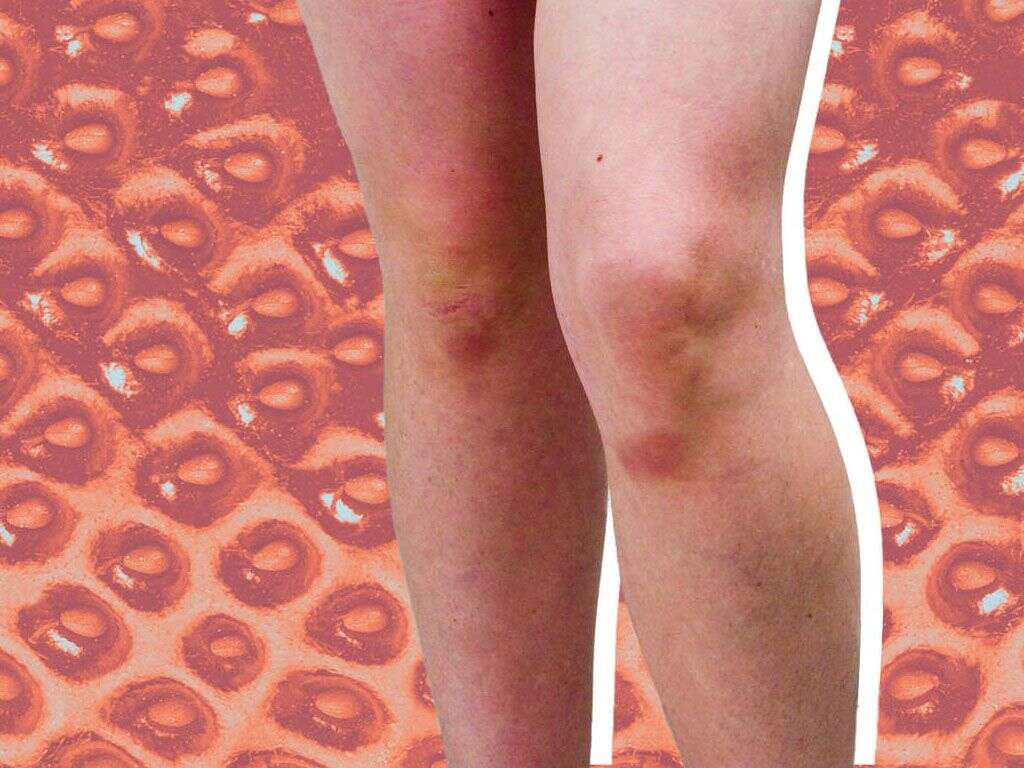
1. What Are Strawberry Legs?
While the name sounds cute, strawberry legs can be a hassle that is annoying to deal with. If you’ve never heard the term before, you may be expecting some kind of bright red rash or similar skin irritation, but this condition is actually something a little different. The name refers to dark spots that appear on your legs in a pattern that looks similar to the seeds on the outside of a strawberry.
The speckles that appear on the affected person’s legs can be any shade of brown or black. They may also appear as rows of small craters or pit-looking spots. Keep in mind that the spots should be relatively small, not much bigger than the pores in your skin. If you notice larger or more painful irritations, you may have something different on your hands. While strawberry legs can be annoying for aesthetic reasons, they are a relatively common issue and there are ways to alleviate them for smoother-looking skin.

2. What Causes Strawberry Legs?
Strawberry legs are most often the result of irritation of hair follicles. Known as folliculitis, this irritation can cause the oils in your pores to dry out, leaving behind the dark-looking pore. Ingrown hairs and other irritations caused by enlarged pores may also lead to a speckled pattern of dark spots.
This skin issue often shows up shortly after a person shaves. Shaving can be an irritation to the skin and strawberry legs can be very similar to razor burn. Other causes can be pores that get clogged or irritated by rubbing again pants or by simply having a predisposition for being enlarged and drying out.
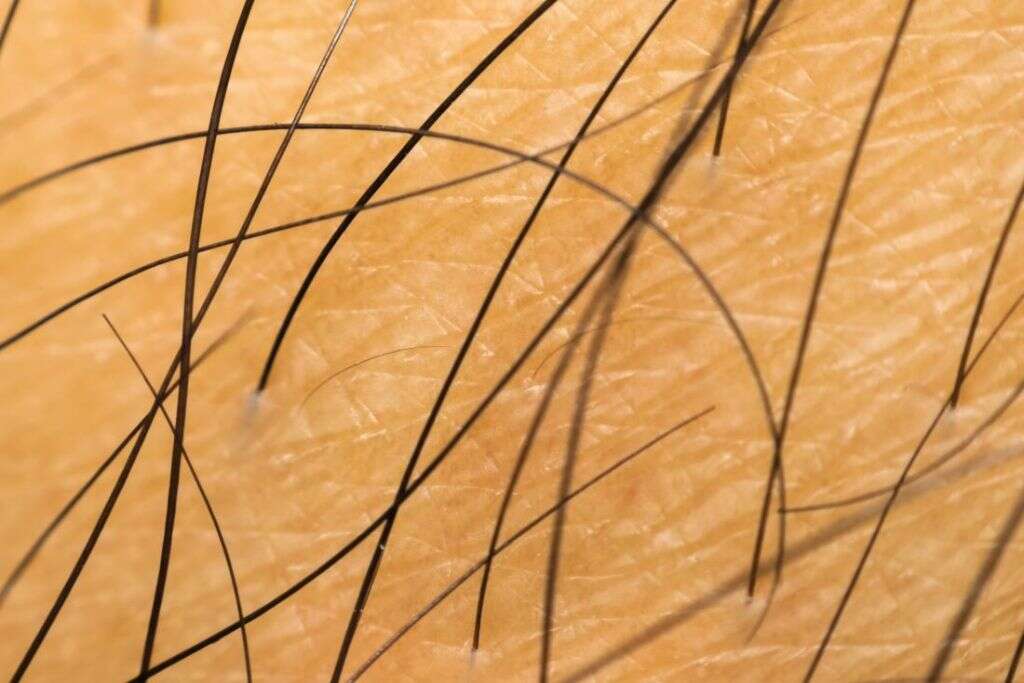
3. Who Is Most Likely To Get Strawberry Legs?
While strawberry legs can happen to anyone, they are most common in people who shave their legs often. People who have other issues with their skin, such as eczema or other sensitivities may also experience the condition more often. Just because you shave or have strawberry legs for another reason doesn’t mean you can’t avoid them, though. There are many ways to ease irritation to your pores which will be further discussed below.
The question of whether or not strawberry legs are genetic can be complicated. While it is true that some individuals may have more of a predisposition for the problem due to having thicker hair or larger pores, they can occur in any person regardless of age, race, or other characteristics. Strawberry legs can actually be a very common occurrence that many people will experience sometimes if not often in their lifetimes.
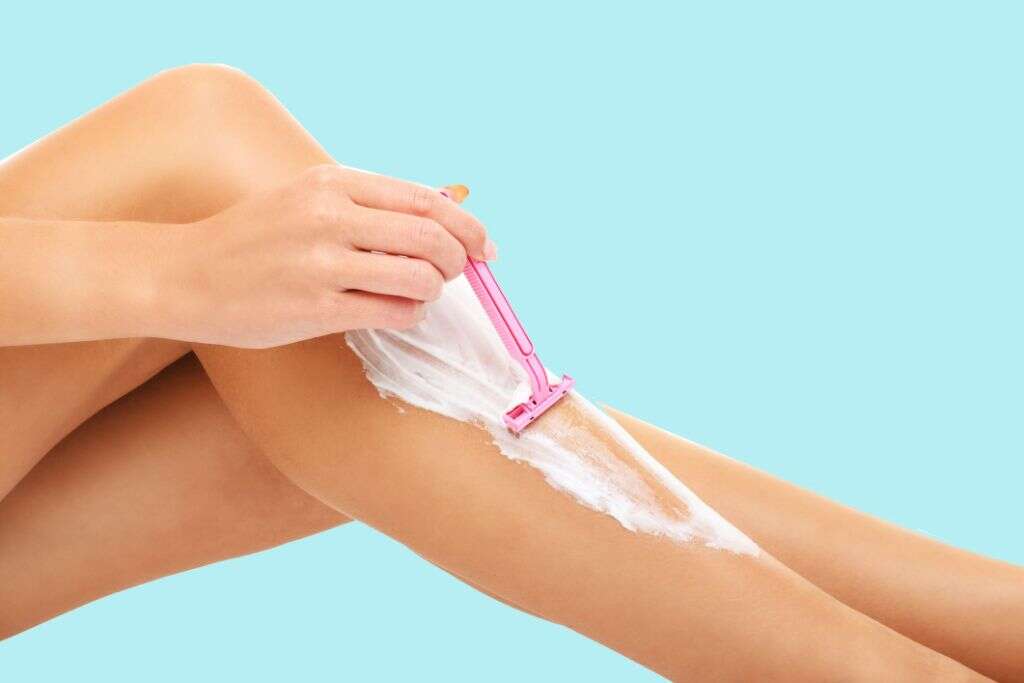
4. What Are the Symptoms of Strawberry Legs?
Luckily, strawberry legs are not generally painful or irritating. Unlike razor burn, which can be quite itchy and aggravating, these bumps are only annoying in the way they look. The main issue with this condition can be the fact that it is often recurring and difficult to get rid of.
Strawberry legs may stubbornly occur after every shave, even if you’ve given your pores a long break. They can also come along with other, more painful issues such as razor burn and ingrown hairs, though this is not always the case. If you notice painful, reoccurring issues, you may want to consider looking into prescription skin creams or treatments for these symptoms. This is usually done through making an appointment and getting a prescription or recommendation for over-the-counter treatment from a dermatologist.
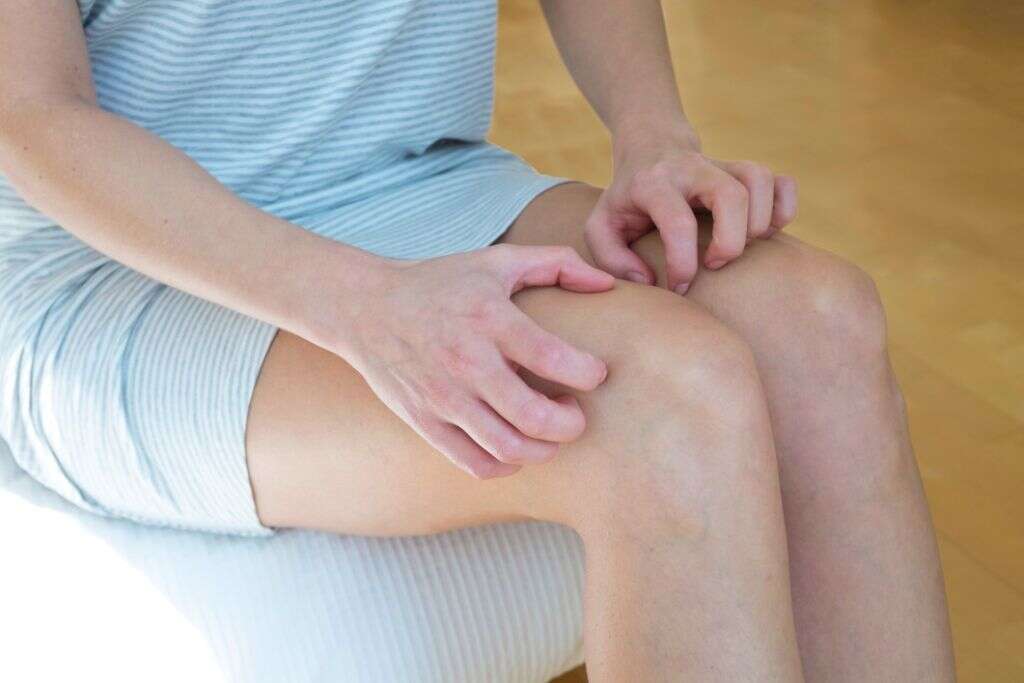
5. What Are the Potential Health Consequences of Strawberry Legs?
While aggravating, strawberry legs should have no long-term consequences. Keep in mind that they are almost identical in cause and symptoms to blackheads that might appear on your face. Even if they appear often, the issue shouldn’t come with any complications or leave any kind of permanent scarring.
While strawberry legs are not a cause for concern, you should be careful not to confuse them with issues that are potentially more serious. If you notice strange discoloration in a specific area, such as a splotch or large mole, you should consider visiting a dermatologist as soon as you can to ensure that you aren’t at risk for melanoma.
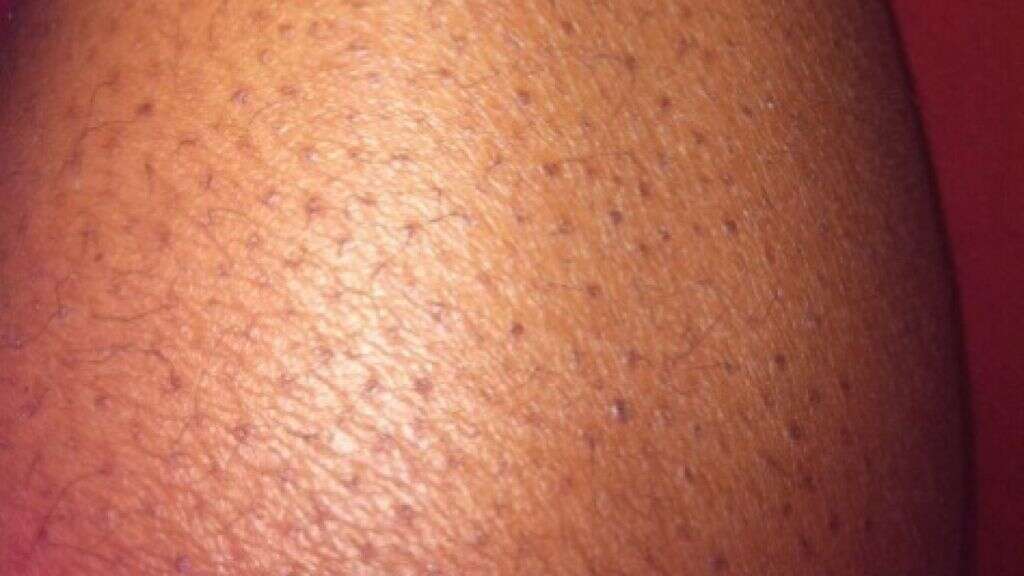
6. How Can You Get Rid of Strawberry Legs at Home?
Shaving your legs only to be left with dark speckling can be incredibly frustrating. While it can be a cause of discouragement and mild embarrassment, there are things you can do to help get rid of clogged pores through home remedies. Many of these things are good for skin in general and can leave your legs feeling softer as well as looking smoother. While they shouldn’t be itchy, you should still try to avoid picking or scratching at your legs as this can make the irritation worse.
In some cases, applying low-percentage hydrocortisone cream to affected areas can be all it takes to alleviate strawberry legs. Other treatments can involve many methods similar to clearing the pores on your face, such as using specific cleaners or lotions to exfoliate your skin. The best way to get rid of strawberry legs is to get in the habit of taking preventative measures so that when you do shave the irritation won’t be as bad.
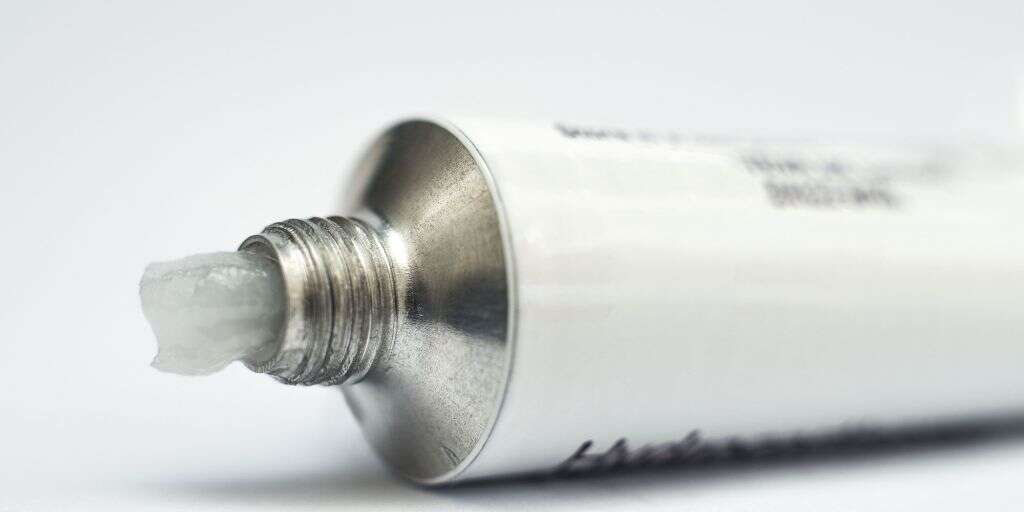
7. How Can You Prevent Strawberry Legs?
A lot of times, strawberry legs are caused by sweatiness or fabric rubbing up against skin that is already sensitive. Consider wearing lighter, flowier clothing that won’t rub so much and showering often with a soap that does not cause irritation. Use specialized cleansers before shaving, specifically ones that exfoliate as well as remove oil and dirt to keep them from clogging your pores. Products containing salicylic acid can be especially effective.
Another effective preventative measure is to make sure you have a good moisturizer on hand to use right after shaving. Even though you may not notice it, shaving often removes a lot of outer layers of skin, leaving your legs more vulnerable to drying out and getting clogged pores.

8. What Are the Best Hygiene Products for Avoiding Strawberry Legs?
Using the right kind of hygiene products can help you take better care of your skin in general as well as prevent strawberry legs from appearing. You can use some trial and error to find the specific items that work the best for you. Try looking for ingredients that work specifically to protect and soothe sensitive skin.
The type of razor you use can make a more of a difference than you might think. Make sure that your razor isn’t dull and that it has enough blades to allow you to shave easily without causing razor burn. A good shaving cream can also make a huge difference in addition to gentle soaps, exfoliators, and lotions.

9. What Are the Professional Treatments for Strawberry Legs?
If you continue to struggle with strawberry legs even after giving you skin some added care you may want to look in alternative ways to get rid of them. Professional treatments do exist and can be an option for people who experience dark clogged pores often.
Professional measures to get rid of strawberry legs involve laser treatment. Laser therapy is used to keep hair follicles from clogging up your pores and can help prevent ingrown hairs and razor burn in addition to strawberry legs. Electrolysis can be another method of stopping hairs from invasively growing and can have similar results as laser treatment. Both of these options may require more than one appointment with a skincare professional in order to take full effect.

10. What Other Parts of the Body Can Be Affected?
In addition to showing up on any part of your legs, very similar skin issues to strawberry legs can also appear on your upper arms. In fact, upper arm pore irritation can be even more common than those on the legs. You can use similar treatments to get rid of dark pores on your arms as you do to alleviate strawberry legs. Moisturizing and exfoliating should be a good way to treat such problems in general.
Strawberry legs can be irritating and may require you to add more steps to your skincare routine. Though it may take some time to find the right cleansers and techniques to prevent pore irritation, strawberry legs are a harmless condition that can generally be avoided by taking some extra time to care for sensitive skin.
